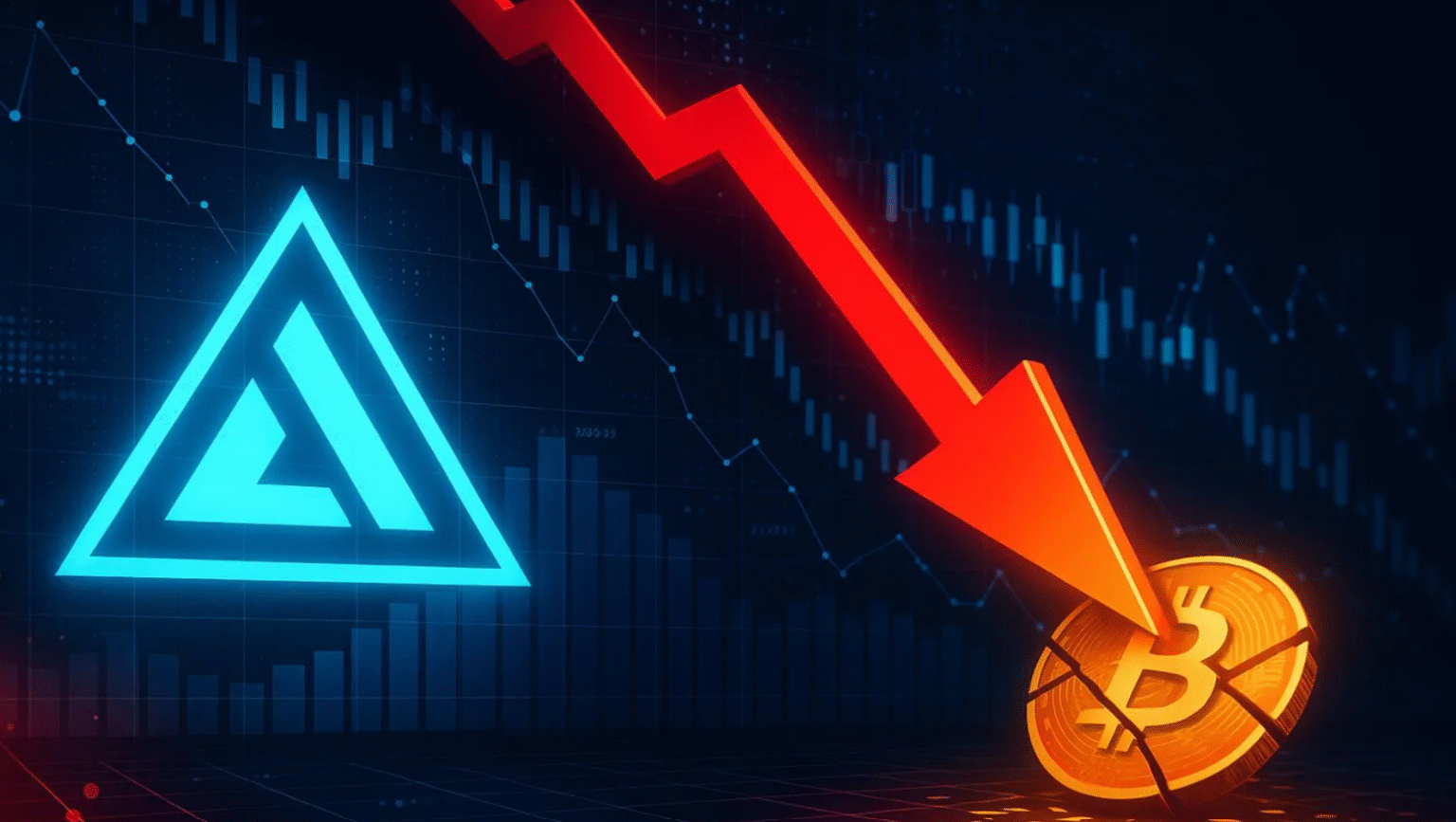In the ever-evolving world of cryptocurrency, investors and traders are constantly on the lookout for shifts that could signal new opportunities or risks. Recently, the altcoin market experienced a dramatic shake-up, as a massive selloff triggered by leveraged liquidations sent shockwaves across the sector. This turbulence presents a crucial juncture for altcoins, highlighting the precarious balance between potential gains and inherent risks. Understanding the dynamics at play is essential for stakeholders aiming to navigate this complex landscape effectively.
Decoding the Market Turmoil: Analyzing Altcoin Selloffs
Amidst the volatility, Ethereum, holding its position as the second-largest cryptocurrency by market capitalization, dipped below the $4,200 mark, underscoring a pervasive weakness in the crypto sphere. Concurrently, Solana and several other leading altcoins faced a significant downturn, losing over 10% of their value within hours, which underscored both the speed and intensity of such corrections.
Altcoin Open Interest Wipeout: A Closer Examination
Market analyst Maartunn has pointed out the accelerating pace at which altcoins are experiencing these ‘flushes,’ which reflect the market’s efforts to purge excessively leveraged positions. Despite the immediate discomfort, such resets are often seen as beneficial in the long term, as they help stabilize prices by clearing out speculative excess.
Maartunn’s analysis reveals that altcoins underwent one of the most severe ‘flushes’ in recent months, with about $8.0 billion in open interest wiped out in a matter of hours. In contrast, Bitcoin experienced a much smaller reduction of approximately $1.5 billion, highlighting the disproportionate impact that the selloff had on altcoins. This suggests that traders with high leverage have borne the brunt of the losses during this liquidation event.
The magnitude of this collapse is noteworthy. The reduction in open interest among altcoins was over five times that of Bitcoin, pointing to a much more speculative and vulnerable positioning within the altcoin sector. Although Bitcoin remains the market’s cornerstone, the gap between Bitcoin and the altcoin universe is closing, indicating a shift in strategies and risk exposure.
Potential Implications for Investors
For investors, these events raise crucial considerations. On one hand, a drastic ‘flush’ often removes excessive leverage from the system, paving the way for healthier price action in the medium term. On the other, the scale of the losses could signify persistent fragility and the potential for further volatility if confidence doesn’t recover quickly.
The upcoming days are critical. Analysts are closely monitoring whether altcoins can stabilize around key support levels or if bearish pressure will drive them further down. With Bitcoin showing relative resilience, altcoins must now prove their ability to withstand the shock and regain momentum in a market still unsettled by billions in liquidations.
Comprehensive Market Cap Analysis Excluding Top 10 Assets
The total cryptocurrency market cap, excluding the top 10 coins, serves as a pivotal indicator of altcoin health. Currently valued around $305 billion, the market has seen a significant recovery from the lows of 2022 and 2023, yet it still lags far behind its historical peak above $600 billion.
Price action suggests that after a prolonged consolidation phase, altcoins have established a steady upward trend, supported by the 50- and 100-day moving averages, which both show an upward slope. The 200-day moving average has flattened and begun to turn upward, indicating an improving market structure. Nonetheless, recent resistance near $320 billion suggests sellers remain active at higher levels.
Maintaining a position above the $280 billion mark will be crucial for sustaining bullish momentum. A break below could trigger deeper corrections, while consolidation above this zone would indicate strength and expansion potential. Excluding key assets like Bitcoin and Ethereum, this index reflects the growing investor interest in low-cap projects. Despite recent volatility, the resilience of this sector suggests a renewed appetite for risk. Should overall conditions improve, altcoins outside the top 10 may lead the next growth phase of the market.
Why Are Altcoins More Volatile Than Bitcoin?
Altcoins often exhibit greater volatility than Bitcoin due to their lower market caps and higher susceptibility to speculative trading. Additionally, many altcoins are still in developmental stages or have smaller liquidity pools, which can lead to more dramatic price swings.
How Do Leveraged Liquidations Impact the Crypto Market?
Leveraged liquidations occur when traders using borrowed funds face margin calls and their positions are forcibly closed by exchanges. This can lead to rapid price declines and increased market volatility, particularly in assets with high leverage exposure.
What Are Key Support Levels for Altcoins?
Support levels vary by asset, but generally, they are price points where an asset tends to find buying interest. For the altcoin market cap excluding top 10 assets, maintaining above $280 billion is crucial. These levels are identified through technical analysis and can provide insights into potential market moves.

